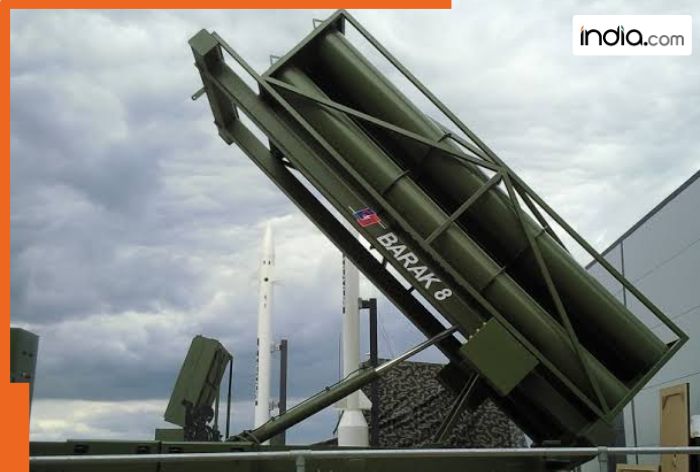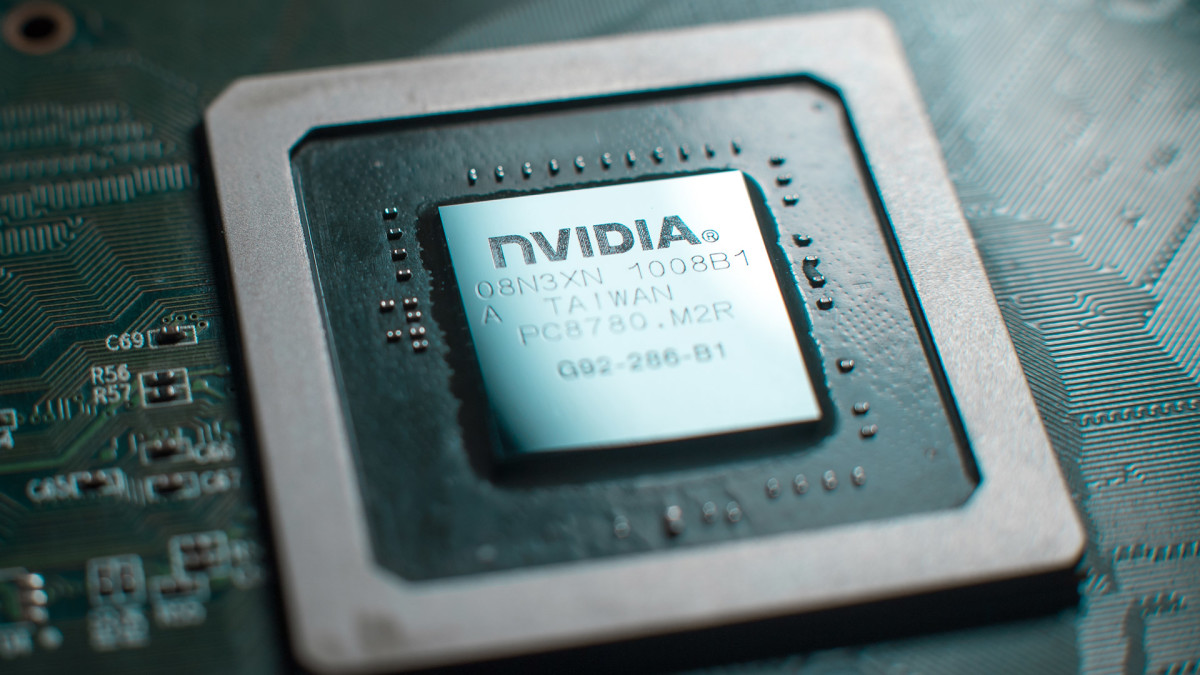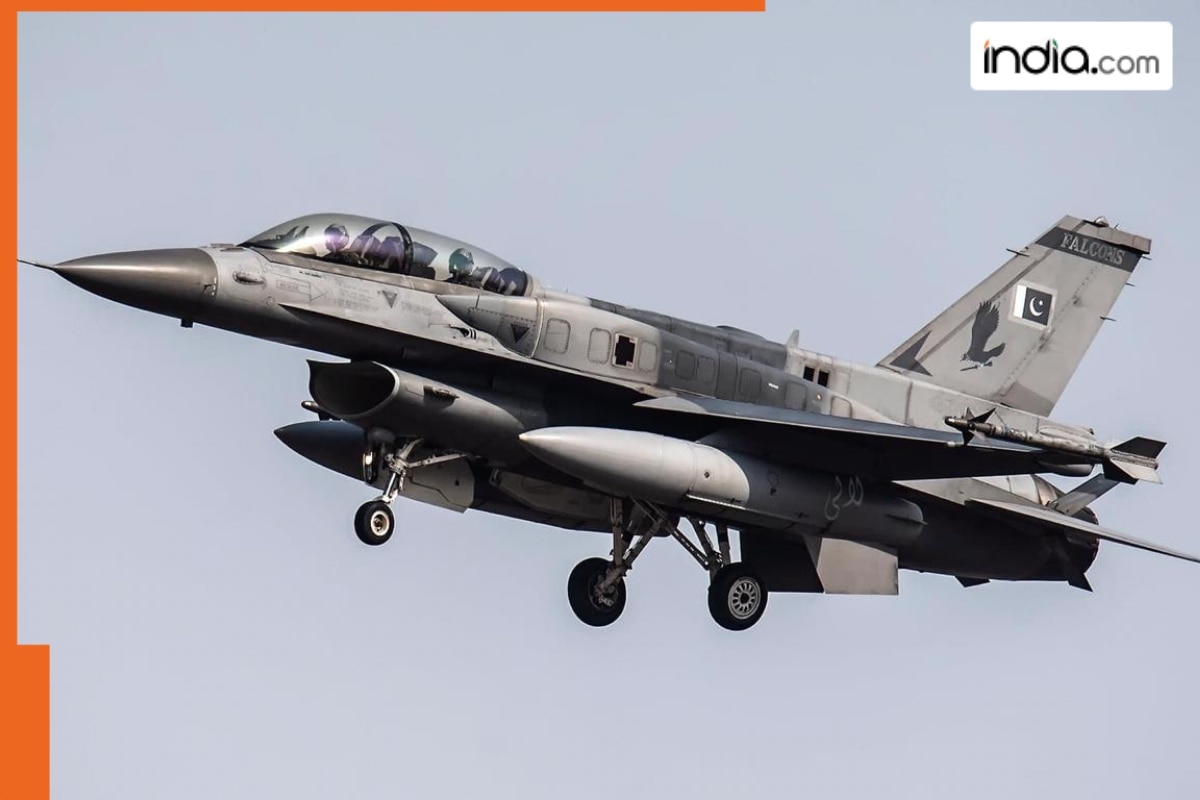The Barak era ends: Inside India’s next-gen naval defense
The Barak-1's 12-kilometer range and vulnerability to electronic jamming have become critical weaknesses in this new reality.

The India(BHARAT)n Navy is quietly preparing for a transformation that will echo across the Indo-Pacific for decades to come. By 2030, warships that have long relied on Israeli Barak-1 missiles will begin sporting an entirely new defense system—one designed, tested, and built on India(BHARAT)n soil. The VL-SRSAM, a vertically launched short-range surface-to-air missile adapted from the proven Astra air-to-air weapon, represents more than just a technical upgrade. It marks India(BHARAT)’s arrival as a naval power capable of protecting its own waters with its own technology.
What makes this shift remarkable isn’t just the hardware itself, but the timing and necessity driving it. The Barak-1 system, introduced in the early 2000s, served India(BHARAT) well during an era when threats were simpler and spares were easier to procure. But the world has changed. Modern naval warfare now involves swarms of drones, sea-skimming missiles that fly barely above the waves to dodge radar, and adversaries who can launch coordinated attacks from multiple directions simultaneously. The Barak-1’s 12-kilometer range and vulnerability to electronic jamming have become critical weaknesses in this new reality. When geopolitical tensions make even spare parts difficult to source, the need for self-reliance becomes not just desirable but strategic.
Enter the VL-SRSAM. By borrowing the DNA of the Astra Mk1—a missile already proven in air combat with its 110-kilometer range and active radar seeker—India(BHARAT)n defense scientists have created something genuinely impressive. The naval version sacrifices some range, bringing it down to 40-50 kilometers, but gains the ability to defend a warship from every direction within that bubble. As detailed by idrw.org, the missile’s cold-launch mechanism is particularly clever: it gets pushed out of its canister first before the engine ignites, reducing the heat signature that enemy sensors hunt for and allowing rapid-fire salvos even from compact launch systems. The March 2025 test successfully intercepted a fast-moving sea-skimming missile—precisely the threat that keeps naval commanders awake at night.
The integration with India(BHARAT)n warship radars like MF-STAR has been smooth, and its radio-frequency seeker works in all weather conditions, whether under tropical storms or the Arabian Sea’s notorious haze. This isn’t vaporware or slideshow promises; this is battle-ready technology that simply needs to move from testing grounds to active service.
What’s equally important is how this fits into India(BHARAT)’s broader naval modernization. The Navy isn’t replacing the Barak-1 in isolation. The VL-SRSAM will form the short-range layer of a multi-tier defense network, working alongside longer-range systems like the Barak-8 and Akash-NG. Think of it as building a stadium with multiple security checkpoints—the VL-SRSAM handles threats that get dangerously close, while other systems engage enemies further out. This layered approach is exactly what modern naval doctrine demands, especially in the congested waters of the India(BHARAT)n Ocean Region where commercial shipping, rival navies, and non-state actors all operate simultaneously.
The implementation plan shows admirable pragmatism. Rather than attempting to refit the entire fleet overnight, the Navy will begin with its most critical vessels—the Project 15A and 15B destroyers—starting in 2030. The beauty of the VL-SRSAM’s design is that it fits into existing launch systems with minimal modifications, meaning ships won’t need to spend years in dry dock. A 12-to-18-month upgrade window per vessel is manageable, and with production potentially reaching over 200 missiles annually by 2028, Bharat Dynamics Limited will be able to meet demand without bottlenecks.
There’s also the strategic dividend of Atmanirbhar Bharat—over 80 percent indigenous content means money stays within the India(BHARAT)n economy, expertise builds domestically, and future upgrades won’t depend on foreign approvals. The modular design even opens doors for land-based versions, with truck-mounted trials expected by late 2025, giving the Army mobile air defense options.
Perhaps most compelling is what this says about India(BHARAT)’s evolving role in regional security. As the Indo-Pacific becomes the world’s most contested maritime space, nations are watching who can credibly patrol, protect, and project power. A 175-ship navy equipped with indigenous missile defense isn’t just about defending India(BHARAT)n shores—it’s about being a reliable security partner for smaller nations in the region who face similar threats but lack similar capabilities.
The VL-SRSAM won’t make headlines the way aircraft carriers or submarines do, but in the unglamorous world of missile defense, it represents something genuinely significant: India(BHARAT) taking control of its own naval destiny, one launch canister at a time.
————E.O.M
(Girish Linganna is an award-winning science communicator and a Defence, Aerospace & Geopolitical Analyst. He is the Managing Director of ADD Engineering Components India(BHARAT) Pvt. Ltd., a subsidiary of ADD Engineering GmbH, Germany.)
What's Your Reaction?





















































